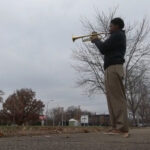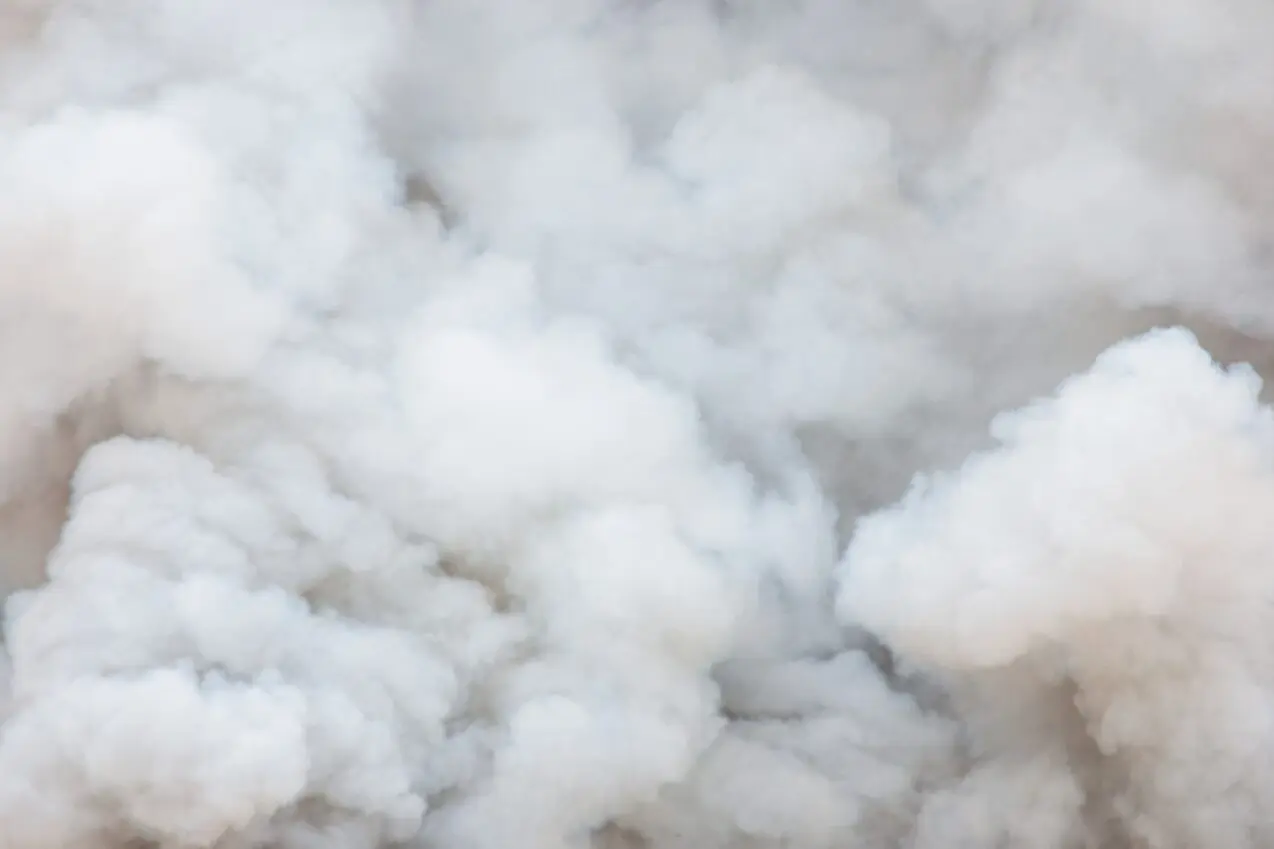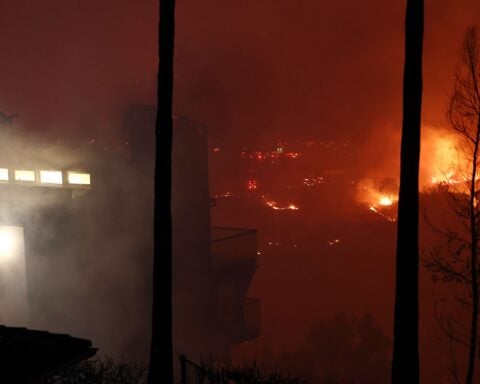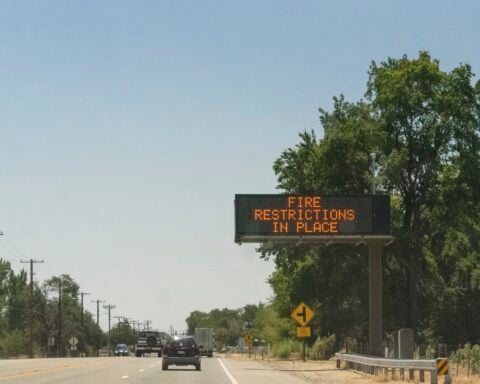LOS ANGELES — New research suggests several chemicals released during fires may pose a greater cancer risk than previously recognized, according to a study led by a Los Angeles County firefighter-turned-scientist.
The study, published in the Proceedings of the National Academy of Sciences, found that six polycyclic aromatic hydrocarbons (PAHs) showed stronger potential for cancer-causing DNA damage than the only PAH, benzo[a]pyrene (B[a]P), currently classified as a known human carcinogen.
Derek Urwin, a UCLA adjunct professor of chemistry and full-time L.A. County Fire Department firefighter, collaborated with UCLA researchers to examine how these chemicals interact with DNA sequences commonly linked to cancer mutations.
"We hope that our strategy can speed up the process of studying these chemicals," Urwin said. "Instead of casting a wide net, this could show exactly where we ought to start the process. Efficient, effective, accurate computational studies can even enhance or accelerate the process of developing policy that improves public and occupational health."
The research team used computer simulations to analyze 15 different PAHs, comparing them to benzo[a]pyrene, the sole PAH currently recognized as a known carcinogen by the International Agency for Research on Cancer. Their findings revealed that six of these compounds displayed a greater ability to bind to cancer-linked DNA regions and avoid detection by DNA repair mechanisms.
PAHs enter the environment when organic materials burn, affecting not only firefighters but also the general public through exposure to industrial emissions, vehicle exhaust, and even backyard grilling. These chemicals can enter the body through breathing, eating, drinking, and skin contact.
Professor Anastassia Alexandrova, a member of the California NanoSystems Institute at UCLA and the study's corresponding author, credited Urwin's field experience for the research's direction.
"Derek's work as a firefighter made this research possible," Alexandrova said. "He knows what's going on in the field very intimately, and that enables us to make the connection to chemistry and the tools that we have. Real-life experience educated us about what to do."
The investigation began with Urwin's observation that certain PAHs appeared structurally more likely to fit within the DNA double helix than others, similar to a key fitting into a lock. The research team then employed advanced algebraic techniques to model atomic interactions between the chemicals and DNA.
The study's findings could accelerate the identification of hazardous chemicals and inform public health policies. The researchers plan to expand their computational method to examine other genetic regions associated with cancer, additional PAHs, and other compounds, including per- and polyfluoroalkyl substances (PFAS).
For Urwin, the research carries personal significance. He entered the scientific field after losing his brother Isaac to leukemia at age 33, despite no family history of cancer. After completing undergraduate studies in applied mathematics at UCLA, Urwin became a firefighter before pursuing his doctorate under Alexandrova's guidance.
In addition to his roles as firefighter and professor, Urwin serves as chief science advisor for the International Association of Fire Fighters and holds a position on the California Occupational Safety and Health Standards Board.
Urwin emphasized the importance of community-based participatory research, where affected populations help shape research questions and methods.
"My fellow firefighters have historically been underserved by the scientific community, not out of disdain, but rather because it's complicated to conduct research in the midst of emergency service operations," Urwin said. "Having my feet in both arenas, I want to bring access to scientists, so their research can create a positive impact on health in the fire service community. Science is supposed to make the world better for people, whether it is firefighters or anyone else."
The study represents a collaborative effort between UCLA's chemistry department and working firefighters to understand occupational health risks better. By combining practical field experience with advanced computational chemistry, the research team developed new approaches to identifying potential carcinogens and their mechanisms of action.

 4 adults found dead of apparent carbon monoxide poisoning in New Hampshire home, officials say
4 adults found dead of apparent carbon monoxide poisoning in New Hampshire home, officials say
 Woman, 22, accused of stabbing victim over bad tip after pizza delivery in Kissimmee
Woman, 22, accused of stabbing victim over bad tip after pizza delivery in Kissimmee
 Record heat wave killed half of this Alaska bird population, and they aren’t recovering
Record heat wave killed half of this Alaska bird population, and they aren’t recovering
 China's CATL to seek Hong Kong listing
China's CATL to seek Hong Kong listing
 Russia declares federal emergency over Black Sea oil spill
Russia declares federal emergency over Black Sea oil spill
 Holiday shoppers increased spending by 3.8% despite higher prices
Holiday shoppers increased spending by 3.8% despite higher prices
 Louisville teen playing trumpet outside mall gets surprise PS5 from stranger
Louisville teen playing trumpet outside mall gets surprise PS5 from stranger
 Jim Larrañaga stepping down at Miami, Bill Courtney to take over, AP source says
Jim Larrañaga stepping down at Miami, Bill Courtney to take over, AP source says
 Iowa WWII veteran known as 'The Drummer' shares gift of music this holiday season
Iowa WWII veteran known as 'The Drummer' shares gift of music this holiday season
 New UCLA research reveals six smoke chemicals show higher cancer risk than known carcinogens through DNA binding.
New UCLA research reveals six smoke chemicals show higher cancer risk than known carcinogens through DNA binding.






